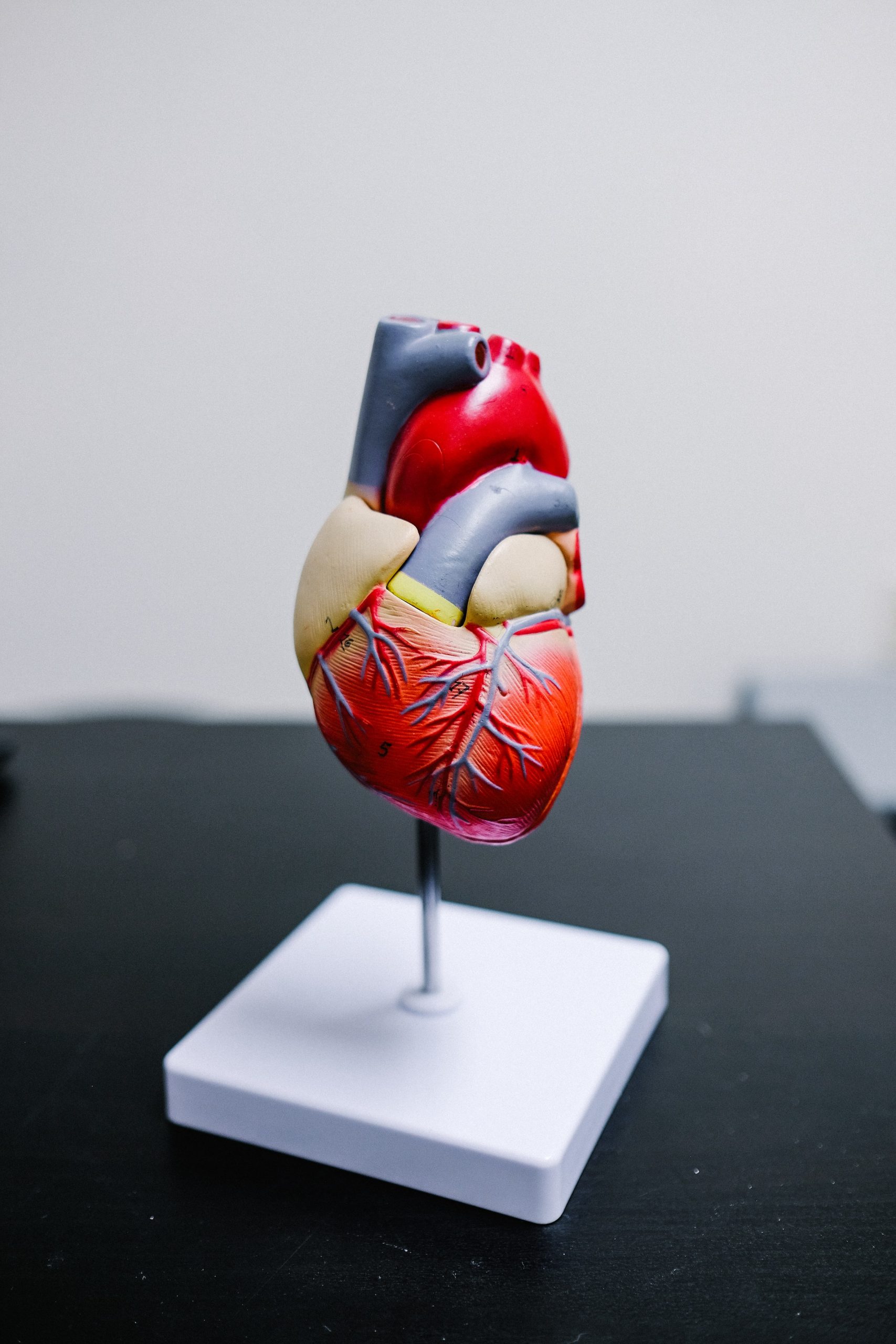Heart Disease: 5 Things To Know About The Stress Test
The exercise electrocardiogram measures the reaction of the heart during sustained physical activity. It is prescribed to athletes who put their hearts to the test but also for monitoring cardiovascular disorders; you need to know if your cardiologist has prescribed a stress test. A stress electrocardiogram (or “stress test”) is a recording of the heart’s electrical activity during sustained physical exercise.
This test is used to analyze the heart’s response to activities similar to those that may occur in everyday life. It can be prescribed to people who suffer from unexplained chest pain or to monitor the proper functioning of the heart after a heart attack or in case of cardiovascular disease.
1. The test consists of several steps

It lasts 10 to 20 minutes and consists of three stages: a quiet walk on the treadmill (or gentle pedaling on the bicycle), then, to increase the effort and heart rate, the speed, and inclination of the treadmill are increased in stages according to the physical abilities of each person. If the test takes place on the bike, a brake increases the resistance to pedaling.
Finally, once the test is over, the person continues to walk at his or her own pace (or pedal quietly) for a few minutes to facilitate recovery, which lasts an average of 5 minutes. The test can be performed on two different supports, depending on the abilities: the treadmill for runners and the cyclo-ergometer (specific running bike) for all other sports. However, a few centers are equipped with a pool for swimmers or a rowing machine for rowers.
2. Before the effort, you should eat but not smoke
To help the examination go smoothly and avoid hypoglycemia, you should go on a neither empty nor too full stomach! Ideally, the last food intake should take place two hours before the beginning of the test, avoiding dishes that are difficult to digest. But the patient should not smoke during the 2 hours preceding the test, nor during the 2 hours following, as for sport in general.
3. The patient must not talk during the test

During the entire duration of the effort, the patient must avoid talking. However, he can communicate by gestures defined beforehand. The patient should report any abnormal symptoms: discomfort, pain, tightness, shortness of breath, severe fatigue, abnormal heartbeat, etc. Normally, the test should continue until muscle exhaustion leads to the cessation of the effort. Depending on the age and physical condition of the athlete, this muscular exhaustion is more or less early.
In any case, the athlete must try to maintain the effort until he/she can no longer keep up. However, the patient can stop the test if he/she does not feel well, and the doctor can also stop the test if he/she notices an abnormality in the blood pressure or the heart rhythm, suffering of the myocardium (heart muscle) revealed by the recording of the electrical activity, poor tolerance of the exercise, etc.
4. There are contraindications to the stress test
There are many contraindications: myocardial infarction, tight aortic valve stenosis, recent stroke, recent pulmonary embolism, severe uncontrolled hypertension, any abnormal chest pain for 24 hours, abnormal shortness of breath, decompensated asthma, severe anemia, severe arteritis, in case of inability to walk or pedal sufficiently, etc. To rule out any contraindication to the examination, the cardiologist questions the patient and examines him during a preliminary consultation.
Then, the cardiologist will inform the patient about the different steps of the test and obtain the patient’s consent before starting the test. Some patients may experience mild (vagal) discomfort and, more rarely, rhythm disturbances or cardiac arrest. But these incidents are rare. There are more benefits to undergoing a stress test than not doing so.
5. For athletes, the stress test can help define a training program

The exercise test with VO2 max measurement allows you to know your maximum aerobic speed (VMA) if it is done on a carpet, or your maximum aerobic power (PMA) if it is done on a bicycle, and the “ventilatory” thresholds (aerobic and anaerobic). The MVA is the maximum running speed on the track at which the runner uses the maximum amount of oxygen (VO2 max).
It is a good way to know your level and maximum capacities and to deduce your possible paces for a 10 km, a half marathon, a marathon, etc. These values allow you to guide your training for better performance, to define a schedule over eight weeks before a competition, with thresholds to respect, defined by target heart rates and via a heart rate monitor.
Looking for help?
Established over 10 years ago, Melbourne Heart Group is a recommended clinic offering a wide range of therapies and treatments for heart-related conditions. They operate with a team of highly qualified, trained, and dedicated cardiologists, maintaining a reputation for excellence within the field.
They are also available to discuss all your concerns and needs at any time because they believe that you deserve the best when it comes to your health. They welcome patients from all over Victoria and Tasmania. So, what are you waiting for? Give them a call today or visit their website to learn more about their services.



